QUT expertise in operating drones in extreme environments is being harnessed to conduct world-first UAV (drone) and ground surveys in a remote part of Antarctica.
UAV pilots from QUT, Matthew Swan and Julian Galvez and QUT researcher Dr Toby Travers are currently doing world first biodiversity and conservation values drone surveys as part of a Securing Antarctica’s Environmental Future (SAEF) program, a $36 million research program funded by the Australian Research Council.
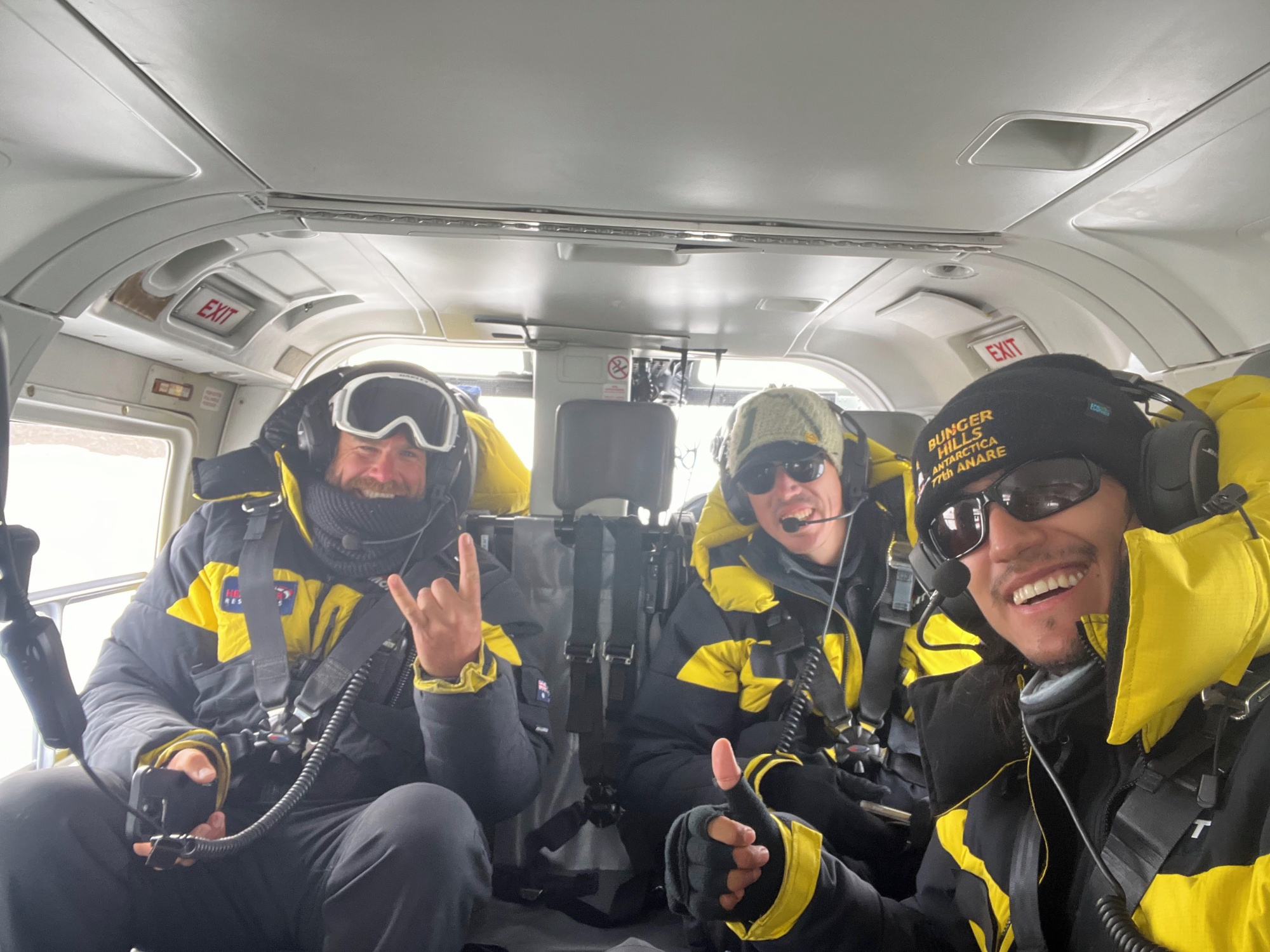
Matthew Swan from the QUT Research Engineering Facility said the harsh conditions made the surveys a real challenge.
“But the combined thirty-plus QUT years of drone expertise and experience has enabled smooth operations at the isolated site,” he said.
Julian Galvez, drone pilot and QUT PhD candidate said a key highlight had been traveling by helicopter in Antarctica.
“I loved the helicopter drops to remote sites, lakes and areas with signs of Antarctic vegetation, as well as the deployment of sophisticated sensors using UAVs (unmanned aerial vehicles) to capture data,” Mr Galvez said.
“The areas with extremophile (creatures that thrive in extreme conditions) ancient lifeforms were fascinating.
“It is indeed an inhospitable environment where sophisticated UAVs had to be deployed to gather data never seen before.”
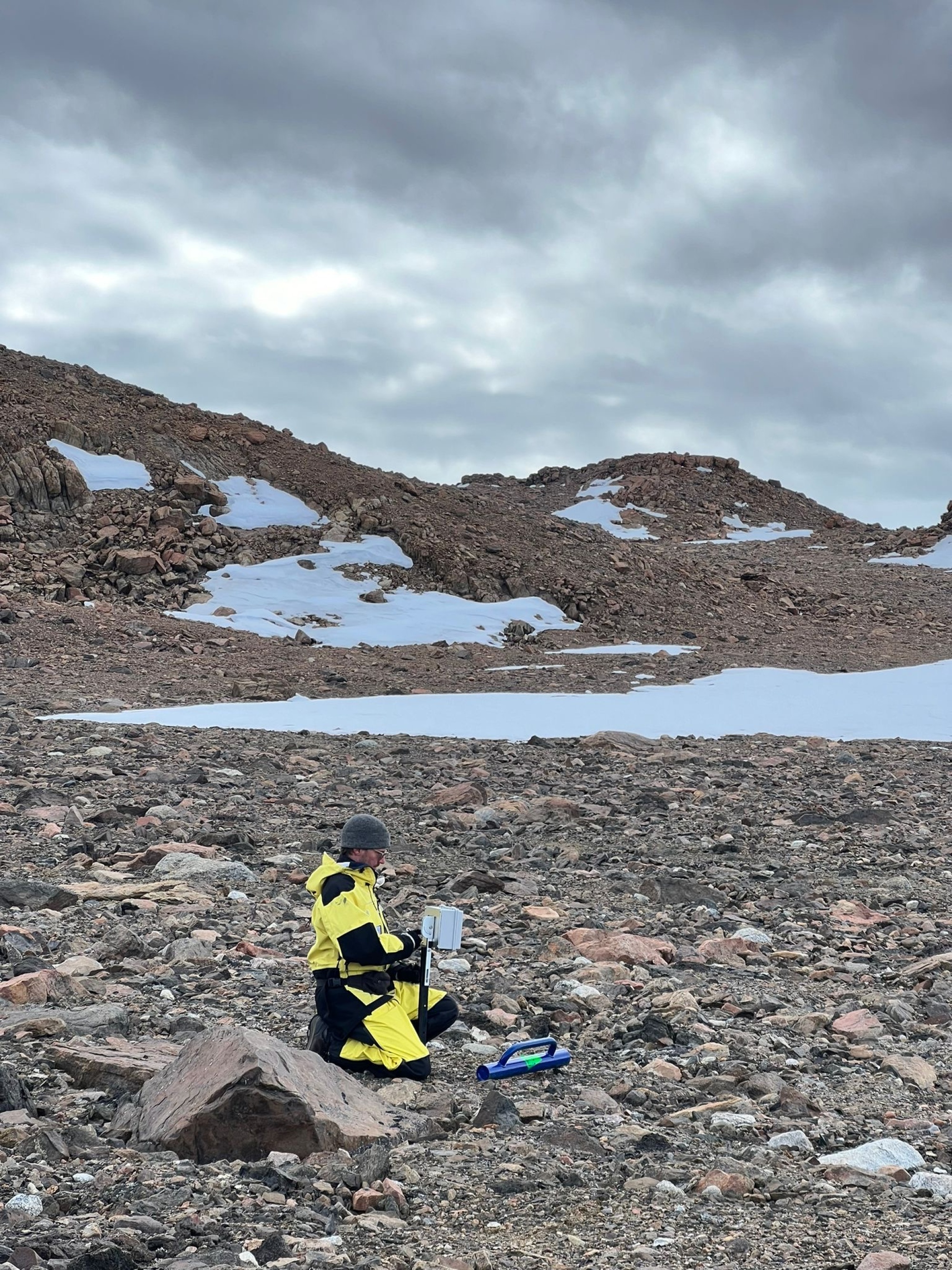
QUT researcher Dr Toby Travers said the vastness and aesthetic values of Bunger Hills area was awe inspiring.
“The ice-free area is an oasis that is completely surrounded by lakes, glaciers and sea ice,” Dr Travers said.
“It’s in these small patches of land where life is found, mosses, lichens, bacteria, seabirds, it’s all concentrated in these areas.”
The drone and values surveys are part of two projects: ‘Drones’ led by Professor Felipe Gonzalez from the QUT Centre for Robotics and Prof Barbara Bollard (UoW) and ‘Conservation Values’ led by Dr Justine Shaw, a Senior Research Fellow from the QUT School of Biology & Environmental Science.
Professor Gonzalez said the surveys were being conducted as part of the Australian Antarctic Program’s Denman Terrestrial Campaign, with logistic support from the Australian Antarctic Division (AAD) at a remote field site at Bunger Hills (Denman Glacier).
“Matthew, Julian and Toby are part of a team of 27 scientists conducting research as part of one of the most ambitious deep field science campaign in decades for the Australian Antarctic Program that has taken years of planning,” Professor Gonzalez said.
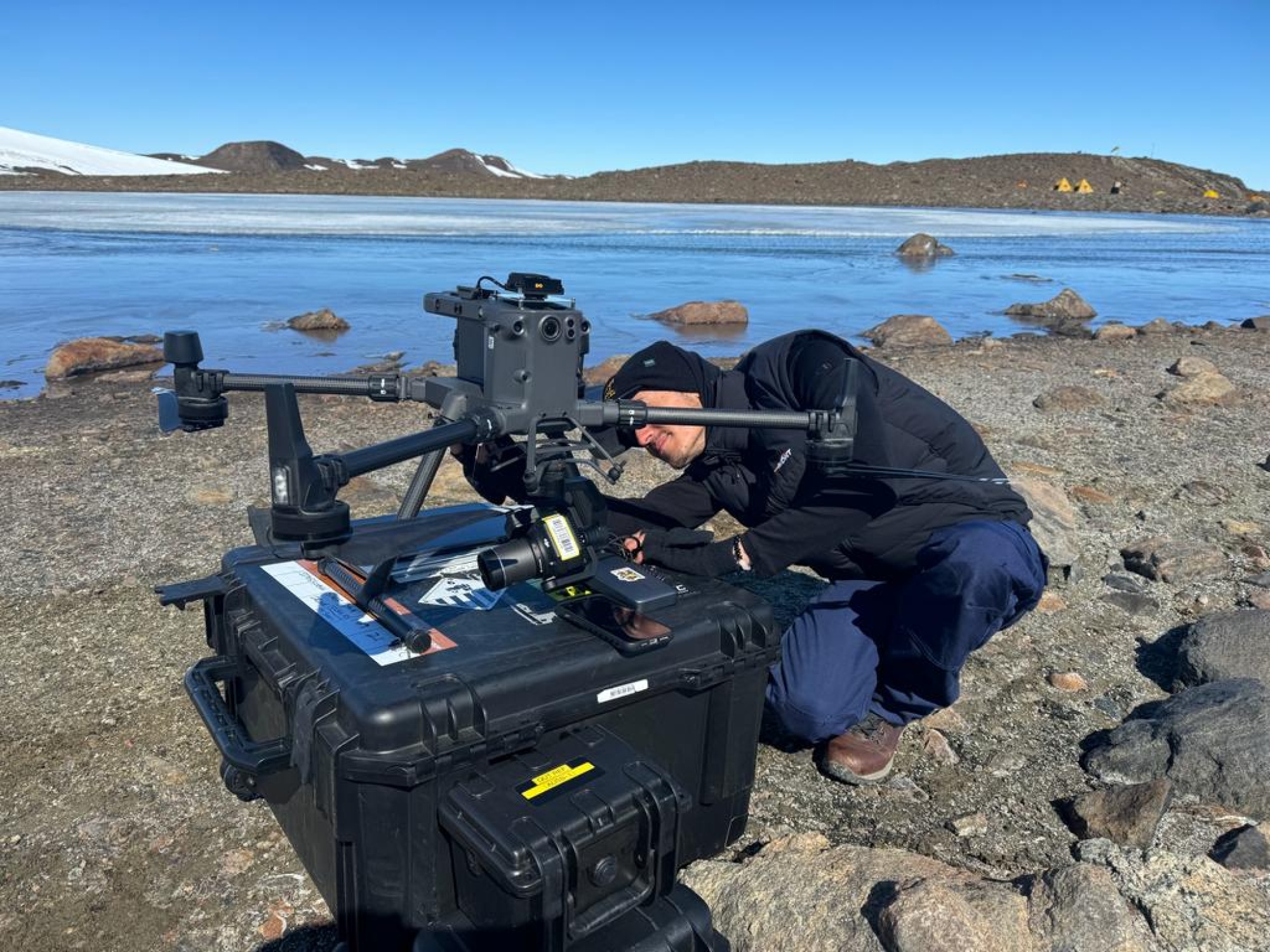 Dr Shaw said the work is vital for understanding the biodiversity in the region and assessing the state of the landscape and the plants and animals that live there.
Dr Shaw said the work is vital for understanding the biodiversity in the region and assessing the state of the landscape and the plants and animals that live there.
“We need to know what is there to be able to protect it and understand the risks faced by these fragile ecosystems in the face of climate change,” Dr Shaw said.
“Our scientists are using drones to survey areas that are covered in mosses that are really slow growing and fragile.
“By using drones to map these areas of vegetation we can limit our impact on them, we don’t need to walk around the whole area of vegetation.
“We are also collecting samples of moss and lichen for genetic analysis. We will bring them back to Australia and process them in the lab.”
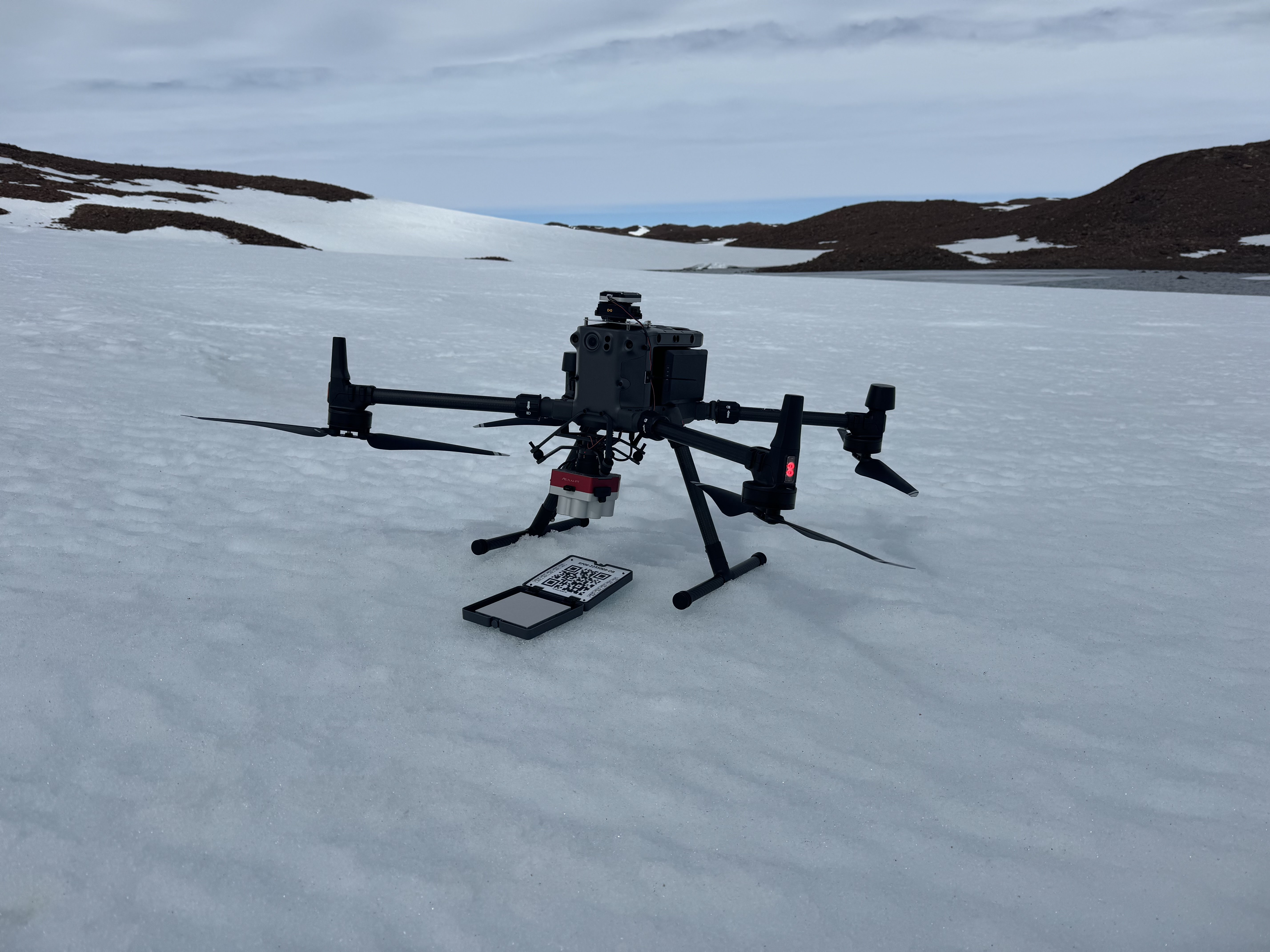
Dr Shaw said it was such an extreme isolated environment; scientists were still discovering new species in Antarctica.
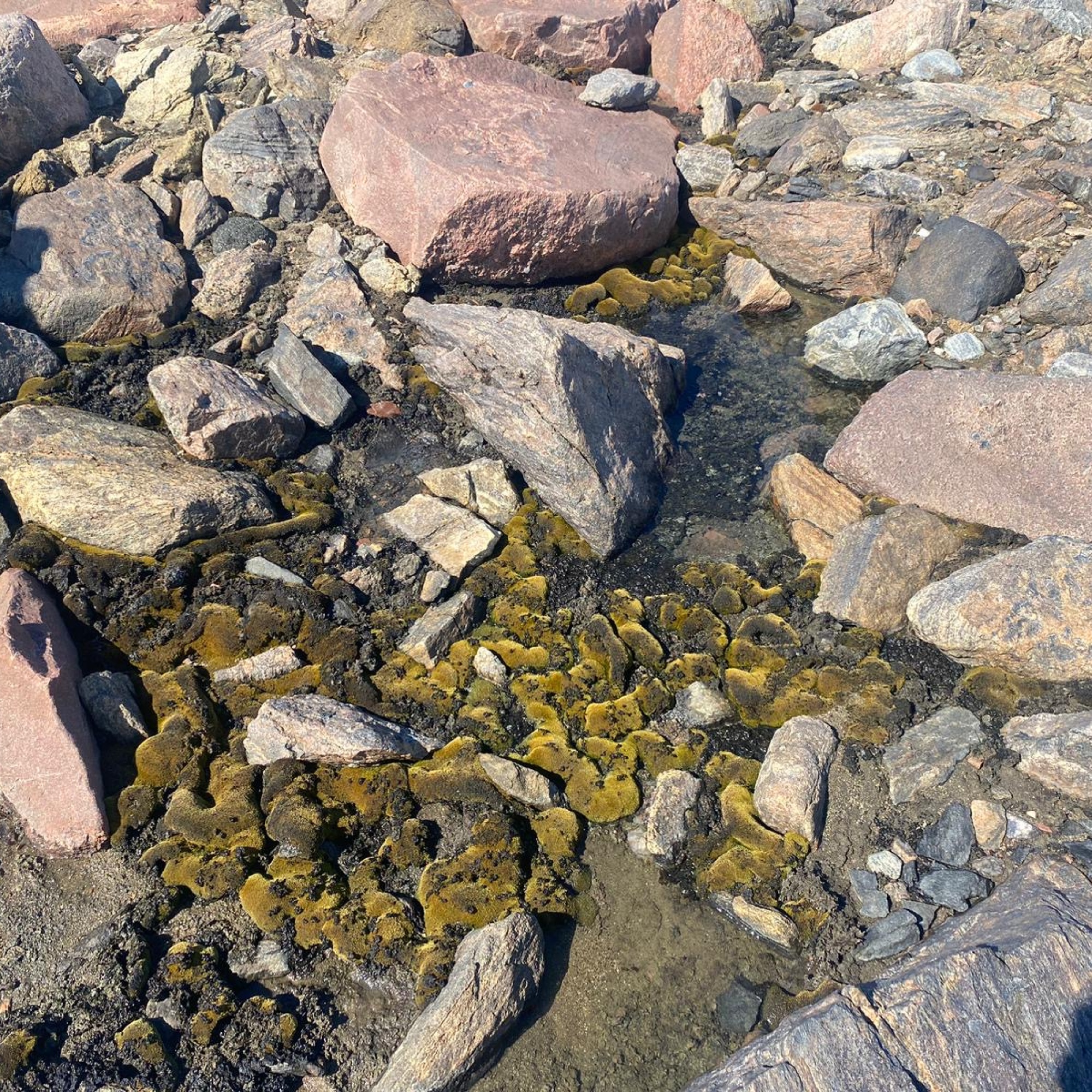
“We need to understand what species occur where and what things influence where species occur, and how the changing climate, melting glaciers, increased air temperature, changes in snow fall will impact these species and what protection we might need to put in place to assist their ongoing survival.”
Professor Gonzalez said the data would be meticulously evaluated and processed using sophisticated data techniques such as hyperspectral analysis and machine learning algorithms, to ensure precise mapping of Antarctic vegetation and its health condition.
Visit: ARC Securing Antarctica’s Environmental Future
Visit: Australian Antarctic Program







